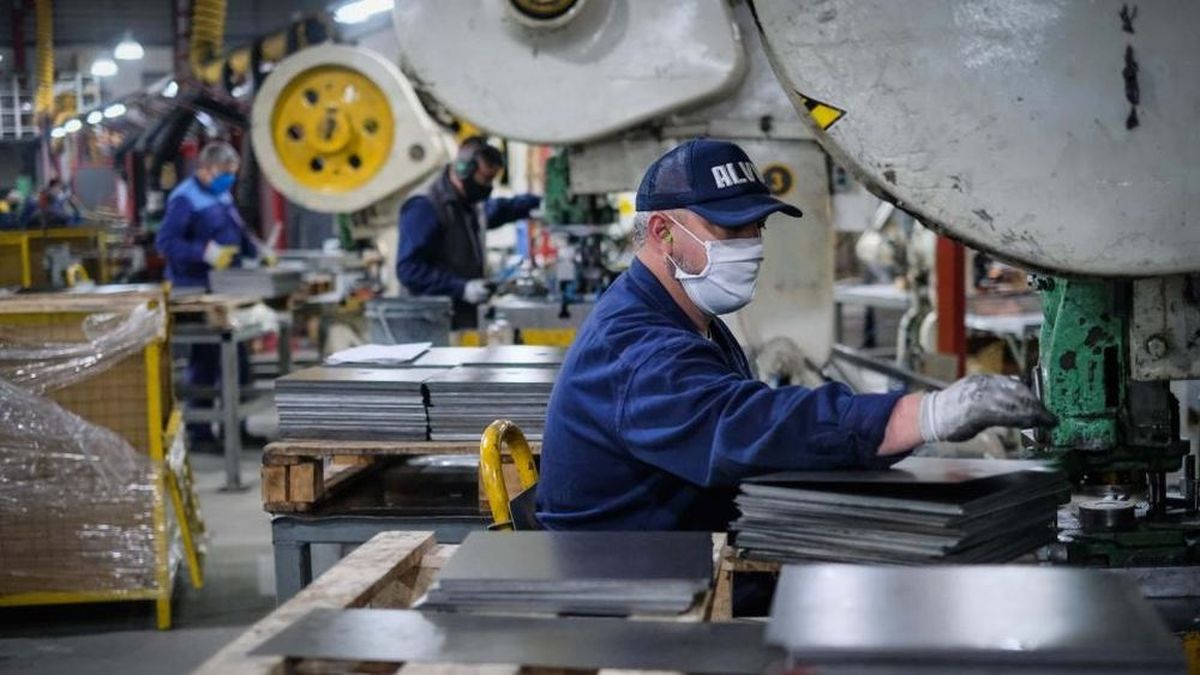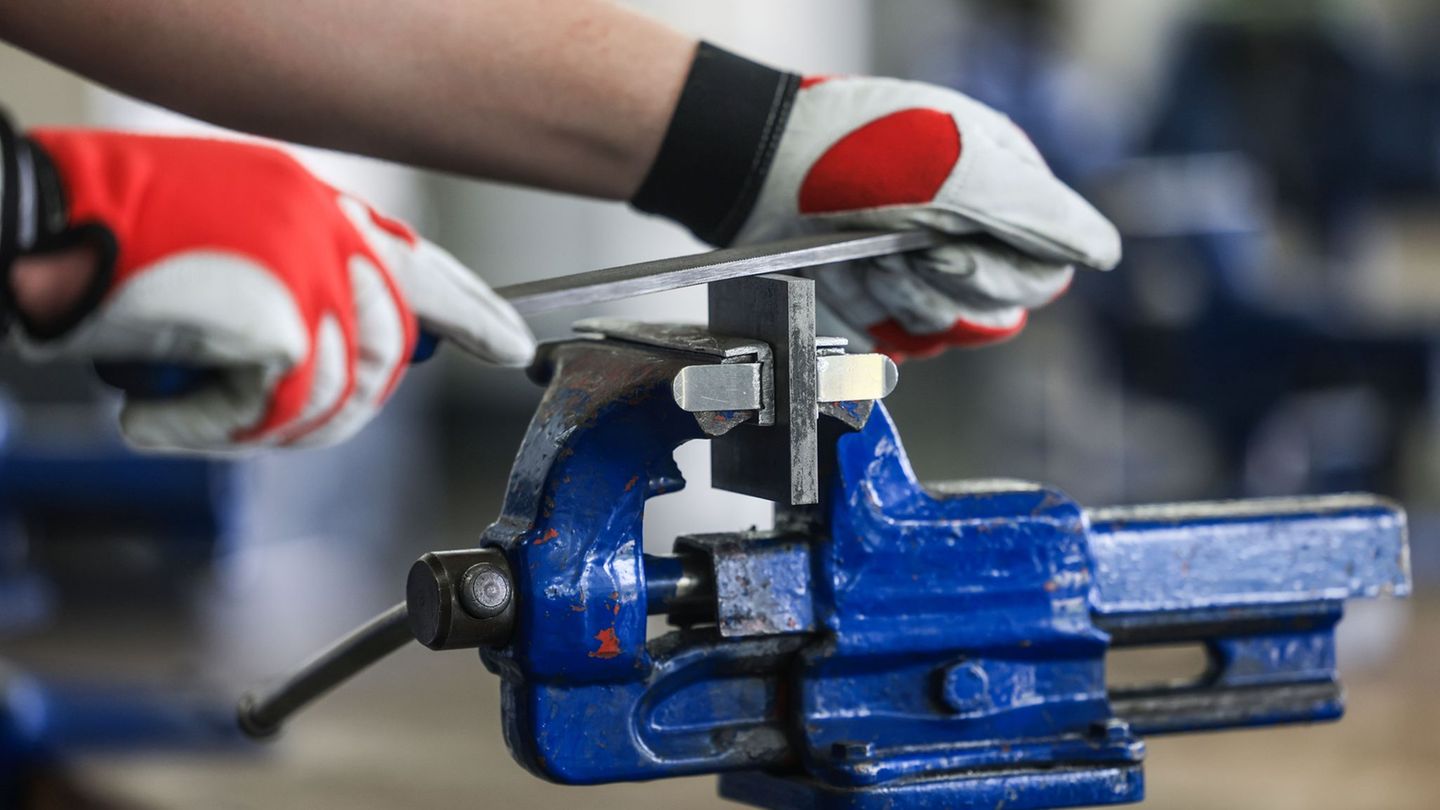The Argentine Industrial Union (UIA) revealed that in February industrial activity registered a 6.8% drop in the annual comparison, which marked the ninth consecutive month of decline. In 9 of 12 sectors the production level fell.
According to data from the entity, the month of February also registered a monthly increase of 0.7% for the industrywithout seasonality, but, as they explained, the slight increase responds, in reality, to the low comparison base.
“ANDSo far in the first two months of 2024, an interannual drop of 8.3% has accumulated. In this context, the anticipated data for March reflect a greater decline by the industry,” stated the study accessed Ambit.
Industry: the sectors that fell the most
At the sector level, in February, the downward trend in most sectors that make up the index. The biggest falls occurred in Non-metallic minerals (-24.8% yoy), due to lower construction demand, and in the Automotive sector (-19.0% yoy), where the fall was driven by a lower level of sales of domestic vehicles to the domestic market (-21.3% yoy), and to a lesser extent by the fall in exports (-1.6 % ia).
It also lowered the Metalworking production (-13.5% yoy), and the Substances and chemicals (-4.4% yoy). Finally, the sector Base Metals (-1.8% yoy), was affected by the drop in steel production (-9.7% yoy) as a result of difficulties in accessing imported inputs and lower demand, while the aluminum production grew compared to February of last year (+14.2% yoy).
The industry sectors that grew
Instead, there was growth in the food and beverage sector (+1.8%), Paper and paperboard (+3.5% yoy) and in the Petroleum refining (+0.9%). In the case of Food and drinks It should be taken into account that this was an increase driven by the recovery of the oilseed complex, since, without this sector, a contraction of -4.6% yoy was recorded.
The biggest falls occurred in Non-metallic minerals (-24.8% yoy), due to lower construction demand, and in the sAutomotive ector (-19.0% yoy), where the fall was driven by a lower level of domestic vehicle sales to the domestic market (-21.3% yoy), and to a lesser extent due to the fall in exports (-1.6% yoy).
It also lowered the Metalworking production (-13.5% yoy), and the Substances and chemicals (-4.4% yoy). Finally, the sector Base Metals (-1.8% yoy), was affected by the drop in steel production (-9.7% yoy) as a result of difficulties in accessing imported inputs and lower demand, while aluminum production grew compared to February of last year (+14.2% yoy).
He industrial sector faces certain difficulties in the context of rising costs (imported energy and inputs) and the decrease in demand levels, both from households and from other industries and construction. In this context, the Advance data for March reflects a further decline by the industry.
March data worries the industry
According to preliminary calculations, In March there was a monthly drop of magnitude and it is estimated that the year-on-year contraction accelerated. Such is the case of the Automotive sector, which in the third month of the year, registered a year-on-year drop of 29.4%, as well as Non-metallic Minerals, data that intensifies the downward trend, with a drop of -41.2% yoy
After a certain slowdown in February, the Electrical energy demand of Large Industrial Users fell significantly again (-13.0% yoy). Regarding trade with Brazil, there was a year-on-year drop in imports (-27.9% yoy), although exports grew by +2.8%.
Finally, the agricultural machinery patents continued their downward trend and recorded a drop of -84.1% compared to March 2022. However, this decrease finds some compensation in the rebound in the agroindustrial sector, where an increase in foreign currency settlement was observed (+22 .2% ai).
Source: Ambito




